Equipment can replace smartphones, TVs
Basically, it is a glass that can display content in front of it, allowing users to interact and control via gestures or voice.
Initially, Apple could use these glasses as accessories for the iPhone, with features processed on the phone and then displayed on the glasses like opening emails, playing music or watching videos. However, that was just the beginning of Apple's what was considered ambitious plans: launching products that would make smartphones, tablets, and even TVs obsolete.
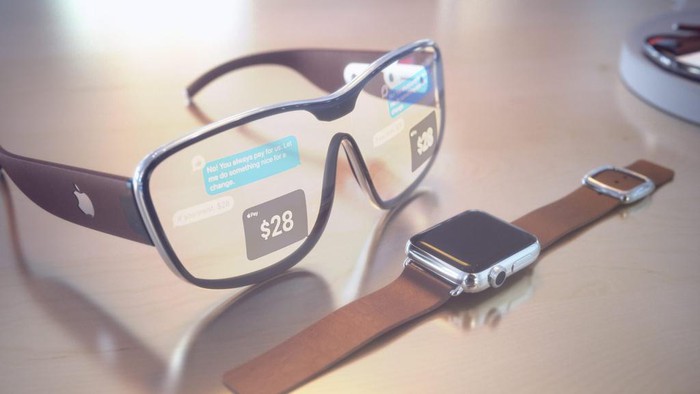 Equipment can replace smartphones, TVs Picture 1
Equipment can replace smartphones, TVs Picture 1
Apple is reportedly developing its first smart glasses. Photo: Martin Hajek.
Equipment can replace smartphones, TVs
If important information such as incoming calls, texts, and emails is displayed in front of your eyes instead of on the smartphone screen, will anyone else use the phone? That's what Apple may be heading towards for its smart glasses.
Initially, a smartphone will still be needed to handle the work of the glasses. However, as technology develops, there will come a day when the 'brain' of smartphones will be small enough to fit in a frame.
If AR glasses can be operated independently, this will be a real breakthrough technology compared to flexible screen smartphones or multiple cameras. Gesture control, voice will also be a big step behind the touch screen, buttons or keyboard.
In 2016, Tim Cook, the CEO of Apple, thought about smart glasses. "I think the majority of the developing world population, and in the future, the whole world will experience AR technology every day . AR technology will become a part of life. Lots of users. Apple smartphones make me hope that AR technology really develops, "said Tim Cook.
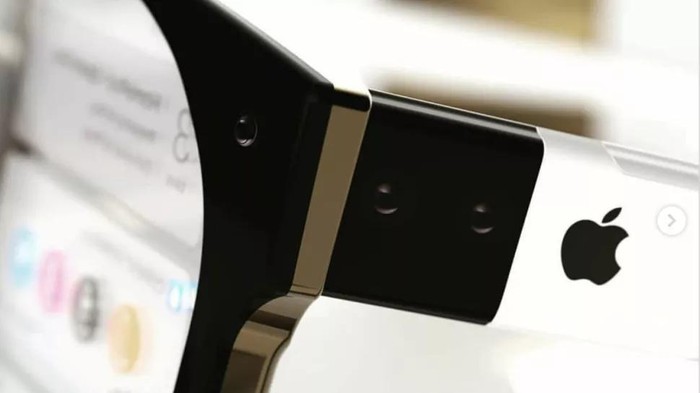 Equipment can replace smartphones, TVs Picture 2
Equipment can replace smartphones, TVs Picture 2
New way of interacting
Apple is not the only manufacturer rumored to be developing smart glasses. A major tech firm, Facebook, is also interested in this device, and it wouldn't be surprising if Google or Samsung are silently moving toward the supposedly disruptive technology of the future.
Apple is a company that has a lot of experience in capturing and creating trends, although sometimes not the first name to enter the market. Two years ago, they patented a smart ring that, according to PhoneArena, is the tool used to control AR glasses. Smart rings to control the smartphone or computer won't be too necessary, but we need a new way to control the AR glasses.
Apple seems to understand that if they want AR glasses to be popular, they will have to please the majority of users. Not everyone is comfortable with voice controls or touching glasses (like AirPods headphones). Hence, a ring for gesture tracking might solve the problem.
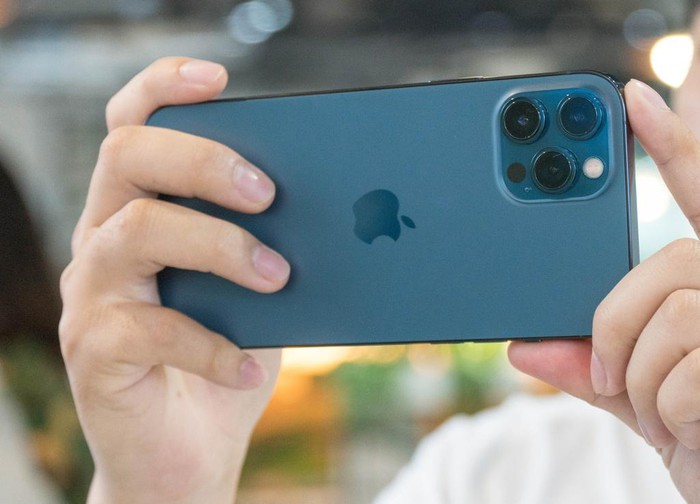 Equipment can replace smartphones, TVs Picture 3
Equipment can replace smartphones, TVs Picture 3
Is LiDAR sensor the start of Apple smart glasses?
In 2013, Google Glass was released, basically a glasses with a camera, small front screen used to show time, maps or unread email like a smartwatch.
Despite being flattered in terms of technology, Google Glass was not a successful product, and the camera was one of the main reasons.
The camera on Google Glass is placed quite clearly, making it easy to attract attention if you wear the glasses out. If Apple used a LiDAR sensor, it would be harder to see and more acceptable to everyone. With the ability to scan your surroundings, LiDAR will be a powerful tool for the augmented reality experiences that glasses bring.
Currently, LiDAR sensor is available on iPhone and iPad. Although not shown much, it is likely that this is the test step of Apple before putting it on its smart glasses.
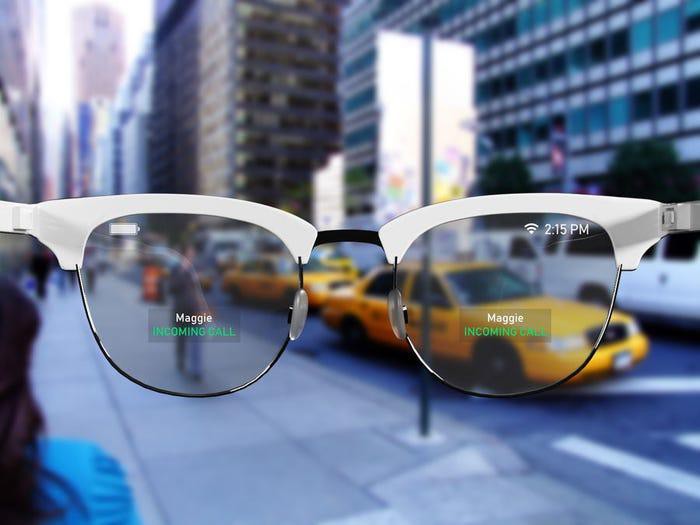 Equipment can replace smartphones, TVs Picture 4
Equipment can replace smartphones, TVs Picture 4
Unlike VR glasses, AR glasses do not affect the user's view of the real world when worn. Photo: Freelancer.
If the virtual reality (VR) glasses completely conceal the reality vision to give way to the virtual world, with the AR glasses, the user can see the surroundings like when wearing plain glasses, but there will be a transparent layer. to display information and objects needed.
Because they are not too cumbersome like VR glasses, AR glasses are easy to wear indoors and out. It can bring users notifications similar to smartphones, but they will appear in front of your eyes, not on the screen.
With the combination of LiDAR sensors and advanced algorithms, information and virtual objects on the glass are displayed as if they were part of the real world. In other words, experiences with AR glasses will be very natural.
It is unclear who will be the first big name to launch AR glasses after the failure of Google Glass. Until Apple entered this market, that was when a new technology trend started.
You should read it
- Apple's version of Google Glass may be released in 2020
- Top 8 best virtual reality glasses 2018
- Why when the whole smartphone village is racing zooming 'crisis', the number of dots is Apple bringing Lidar on smartphones?
- What's special about Apple's Vision Pro glasses costing $3,500 and how does it work?
- Experience with 5 applications for virtual reality glasses
- Reveal the augmented reality glasses of Microsoft Research
- Top cheap quality virtual reality glasses
- Check out the virtual reality glasses that Facebook registered for patents
- Meta and LG will cooperate to develop a high-end virtual reality headset model, expected to launch in early 2025.
- Will Apple launch a smart ring product? Why is it better than a smartwatch?
- iPhone X can be the foundation for Apple's smart glasses
- Microsoft, Snap, Facebook, Google, Apple, Amazon and the race to 'something that can replace smartphones': the glasses
May be interested

Review ThinkVision P27h-20 monitor

IPad Air 2020 review: can I replace the iPad Pro?

The first foldable iPhone is about to be released, the most surprising is the price

How to fix the computer shut down suddenly

How to fix the error of the computer not receiving USB Boot

How to fix Boot device not found error
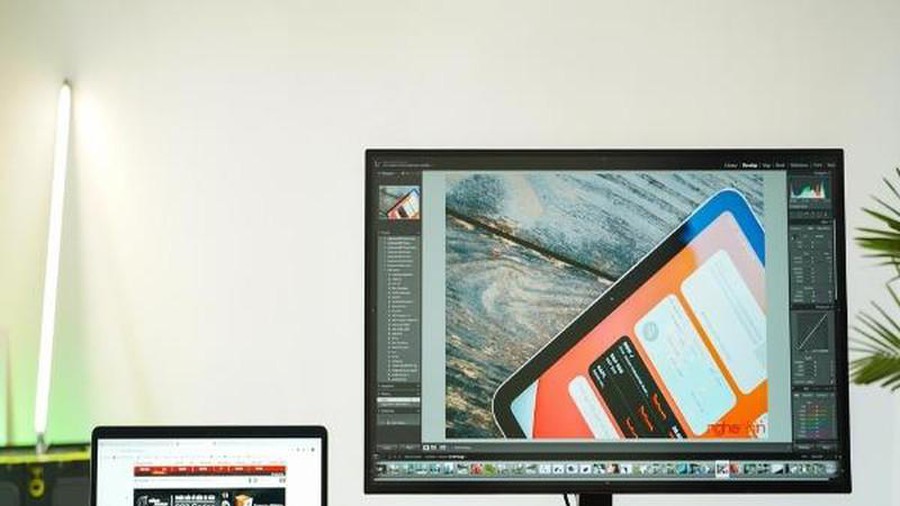
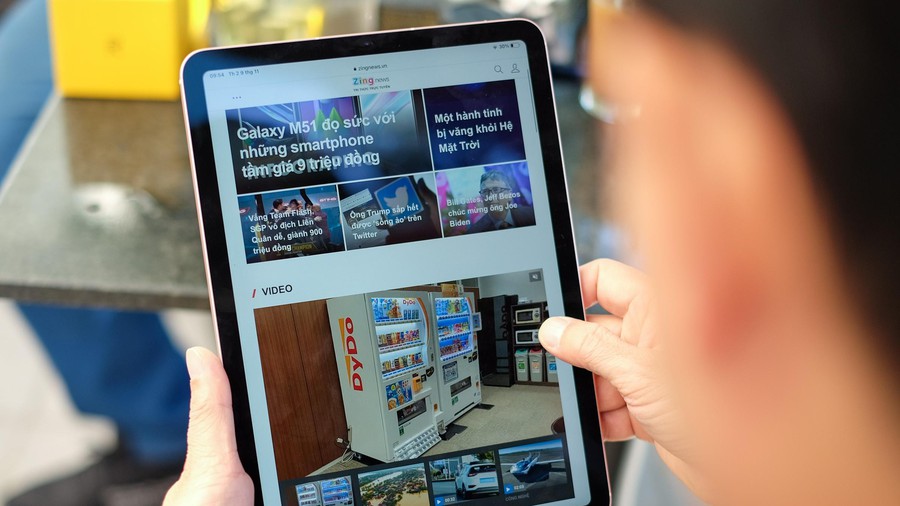
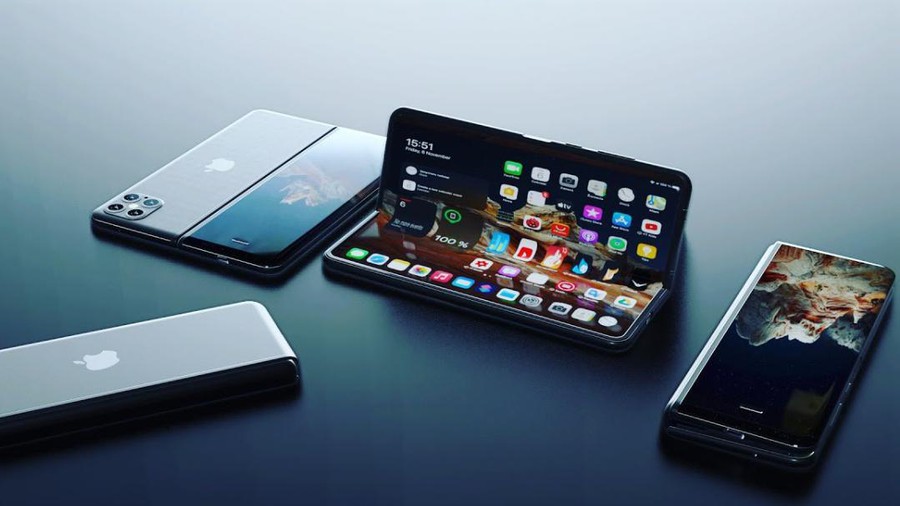



 How to Replace a Hydraulic Hose
How to Replace a Hydraulic Hose Smartphone cameras will gradually replace DSLR cameras completely
Smartphone cameras will gradually replace DSLR cameras completely Smartphone will replace the car keys in the future
Smartphone will replace the car keys in the future How to use household electrical equipment safely and explosion-proof
How to use household electrical equipment safely and explosion-proof The replace command in Windows
The replace command in Windows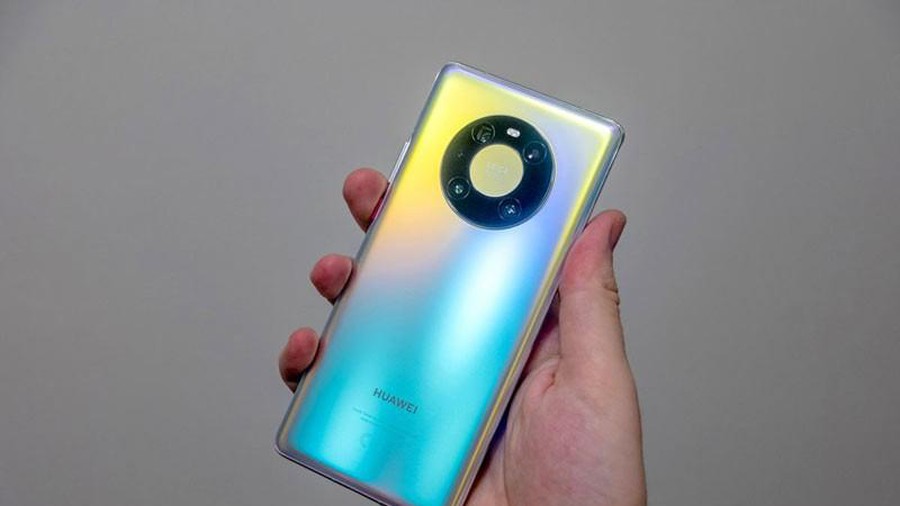 Top 10 smartphones with the best cameras in the world
Top 10 smartphones with the best cameras in the world